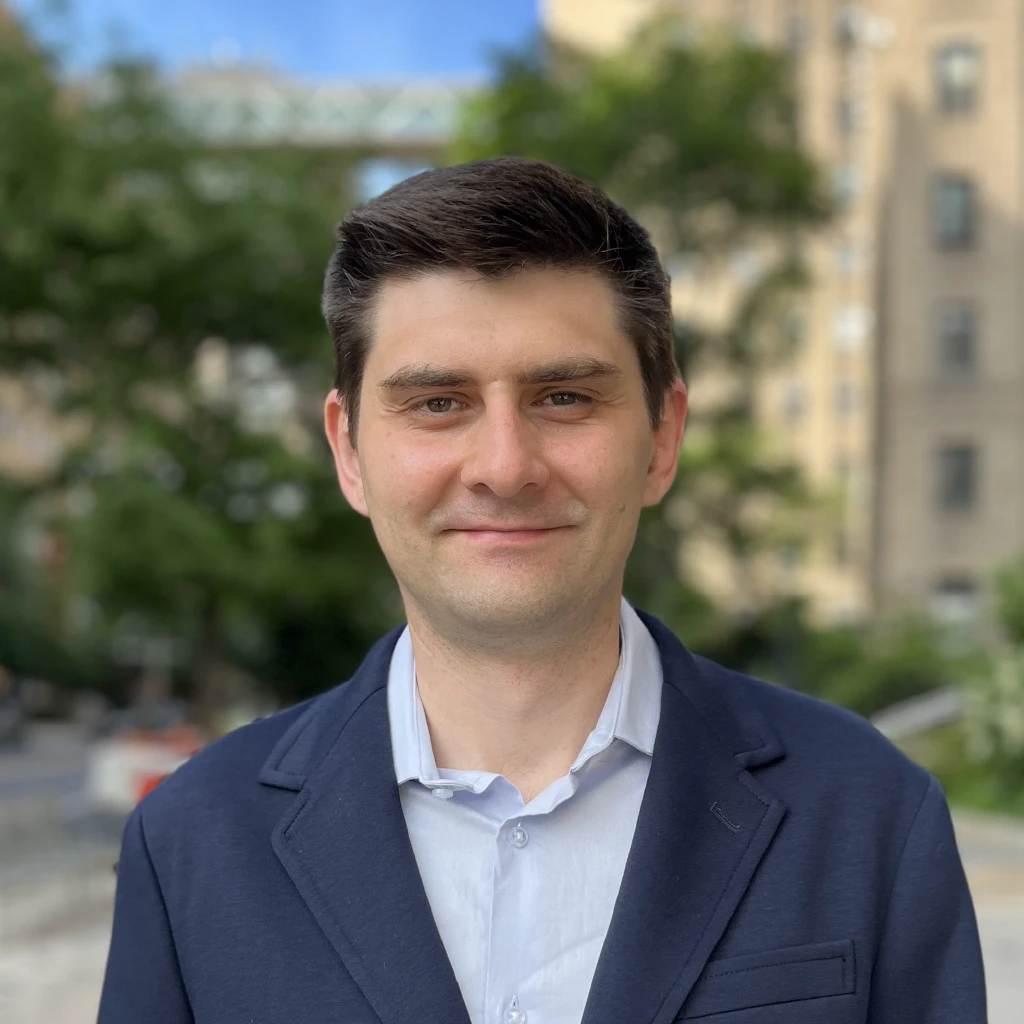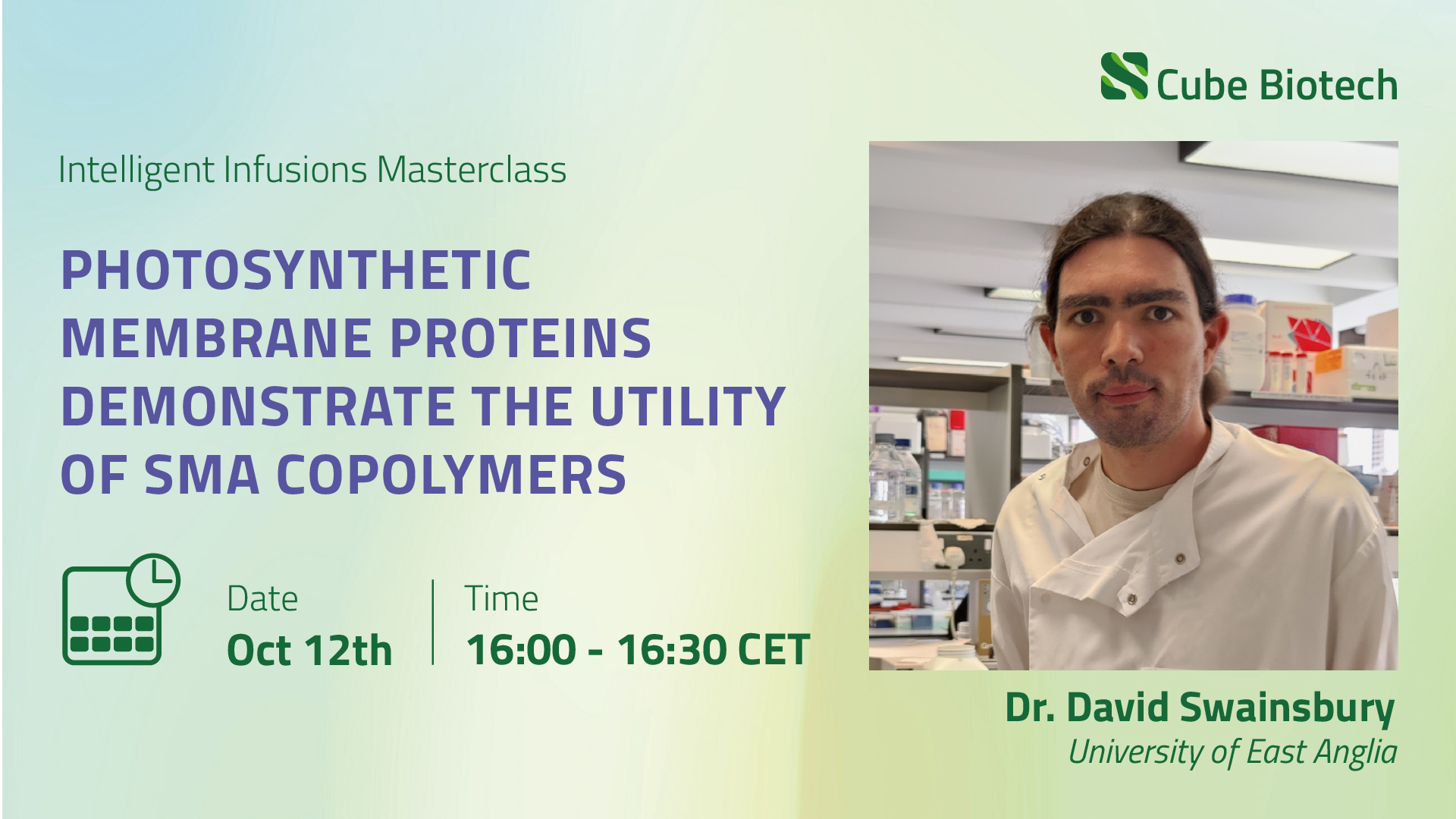Structural mechanisms of TRPM7 with Dr. Kirill Nadezhdin
The Intelligent Infusions Recap
It's recap time for our latest Intelligent Infusions Masterclass. The month of September brought us an amazing lecture by Dr. Kirill Nadezhdin. He is a post-doctoral research scientist in the Sobolevsky Lab of the University of Columbia and studies topics such as cellular sensors, transient receptor potential channels, and structures of ion channels using cryo-EM.
To be more precise, Nadezhdin's research is focused on the ion channel of TRPM7, which is a member of the TRP channels. Besides its essential role in cellular viability, the protein contains both an ion channel and a kinase domain (Penner & Fleig, 2007), and is permeable to Ca2+ and Mg2+.
In the human body many minerals take on critical functions and support us in our viability. Magnesium is no exception to this as it slots in as the second most abundant cation in cells. More than three hundred biochemical reactions in cells rely on the participation of magnesium. Additionally it is able to form complexes with proteins, DNA, and RNA. So it's only natural that a deficiency can lead to an abundance of diseases and physical limitations. Nadezhdin's studies of transient receptor potential (TRP) channels, especially of TRPM7, can therefore provide a great deal of valuable insight into the role of Mg2+ in our body.
In his masterclass, Dr. Nadehzhdin outlined his methodology for investigating the structural mechanisms of TRPM7. He achieved the solubilization of the TRPM7 membrane protein within nanodiscs based on SMALP (Styrene-Maleic Acid Lipid Particles), representing a noteworthy advancement compared to prior structural investigations of TRPM7. Previous studies relied on detergent micelles to stabilize the membrane protein, regrettably constraining TRPM7's structural flexibility and limiting the observation to a single conformational state (closed). However, the utilization of SMALP allowed TRPM7 to transition between its states within the nanodisc. This pivotal shift in methodology enabled Dr. Nadehzhdin and his team to uncover new insights in their research.
Are you also interested in Dr. Nadezhdin's findings and what discussions have unfolded following this masterclass? Then just click on the button "Livestream" for the possibility of watching everything again at any time.
To be more precise, Nadezhdin's research is focused on the ion channel of TRPM7, which is a member of the TRP channels. Besides its essential role in cellular viability, the protein contains both an ion channel and a kinase domain (Penner & Fleig, 2007), and is permeable to Ca2+ and Mg2+.
In the human body many minerals take on critical functions and support us in our viability. Magnesium is no exception to this as it slots in as the second most abundant cation in cells. More than three hundred biochemical reactions in cells rely on the participation of magnesium. Additionally it is able to form complexes with proteins, DNA, and RNA. So it's only natural that a deficiency can lead to an abundance of diseases and physical limitations. Nadezhdin's studies of transient receptor potential (TRP) channels, especially of TRPM7, can therefore provide a great deal of valuable insight into the role of Mg2+ in our body.
In his masterclass, Dr. Nadehzhdin outlined his methodology for investigating the structural mechanisms of TRPM7. He achieved the solubilization of the TRPM7 membrane protein within nanodiscs based on SMALP (Styrene-Maleic Acid Lipid Particles), representing a noteworthy advancement compared to prior structural investigations of TRPM7. Previous studies relied on detergent micelles to stabilize the membrane protein, regrettably constraining TRPM7's structural flexibility and limiting the observation to a single conformational state (closed). However, the utilization of SMALP allowed TRPM7 to transition between its states within the nanodisc. This pivotal shift in methodology enabled Dr. Nadehzhdin and his team to uncover new insights in their research.
Are you also interested in Dr. Nadezhdin's findings and what discussions have unfolded following this masterclass? Then just click on the button "Livestream" for the possibility of watching everything again at any time.

DR. KIRILL NADEZHDIN
Columbia University Irving Medical Center, New York
Biophysics & BiochemistryStructural mechanisms of TRPM7 activation and inhibition
KEY TAKEAWAYS
- Cryogenic electron microscopy (cryo-EM) enables the resolution of membrane protein structures in complex with both natural and synthetic ligands.
- In most cases, protein biochemistry is a limiting factor for structure elucidation using cryo-EM.
- Elucidating the structures of ligand-bound proteins helps to understand the molecular mechanisms of their action.
HIS RESEARCH
Kirill Nadezhdin completed his undergraduate studies at Moscow Institute of Physics and Technology, where he focused on mathematics and physics with applications to biological systems. He earned his PhD in Biophysics from Lomonosov Moscow State University while researching the amyloid precursor protein associated with Alzheimer's disease. Following that, he joined Columbia University in the City of New York as a postdoctoral research scientist, where he specializes in studying the structures of ion channels using cryogenic electron microscopy (cryo-EM).
RECENT PUBLICATION: Structural mechanisms of TRPM7 activation and inhibition
KEYWORDS: Cryoelectron microscopy; Transient receptor potential channels; Cellular sensors
KEYWORDS: Cryoelectron microscopy; Transient receptor potential channels; Cellular sensors
Upcoming session
Our next session features Dr. David Swainsbury from the University of East Anglia of Norwich. In general his topics revolve around biochemistry and cryo-EM, but in detail he will demonstrate the utility of SMA copolymers on photosynthetic membrane proteins. Register now if you are interested in learning more about his work and the research of the Faculty of Science at the University of East Anglia.



